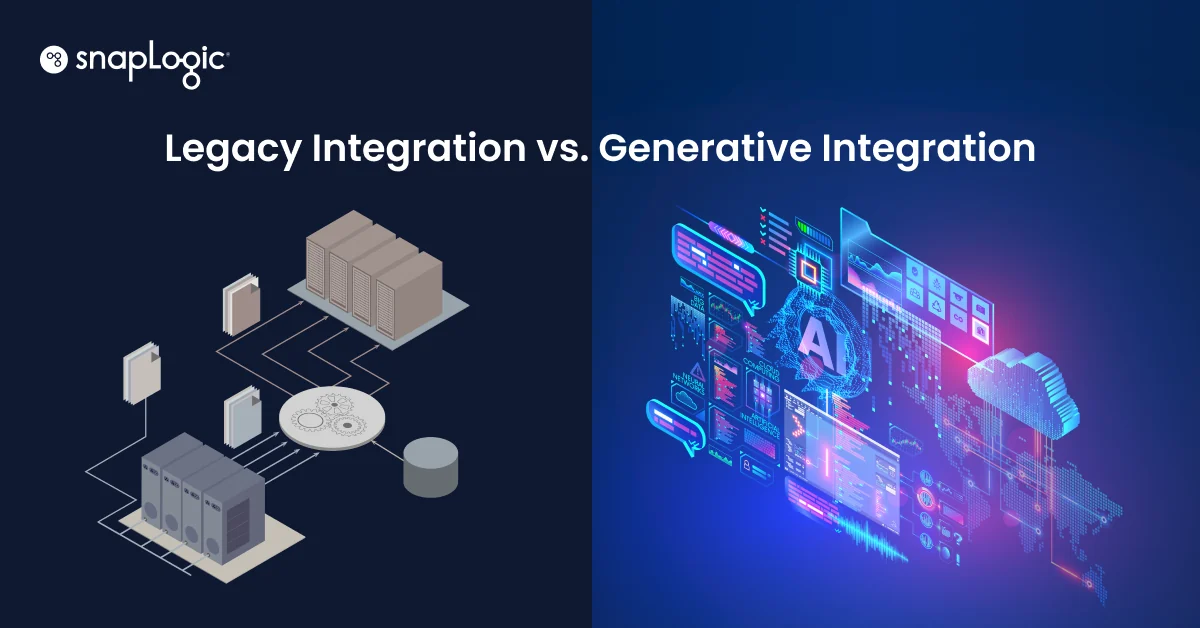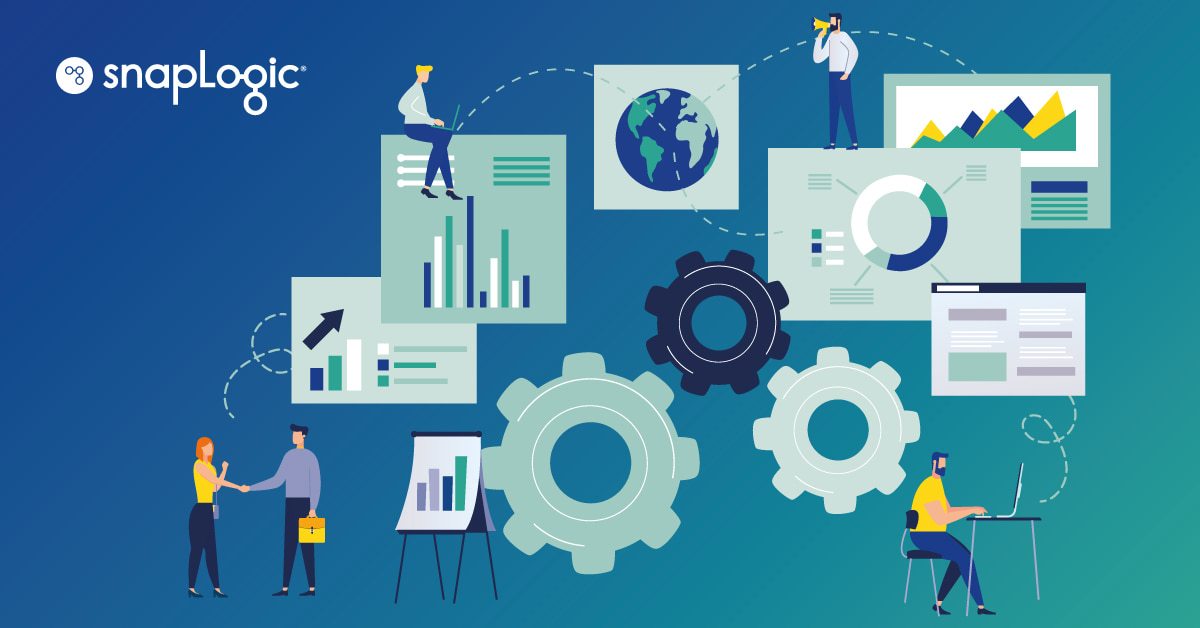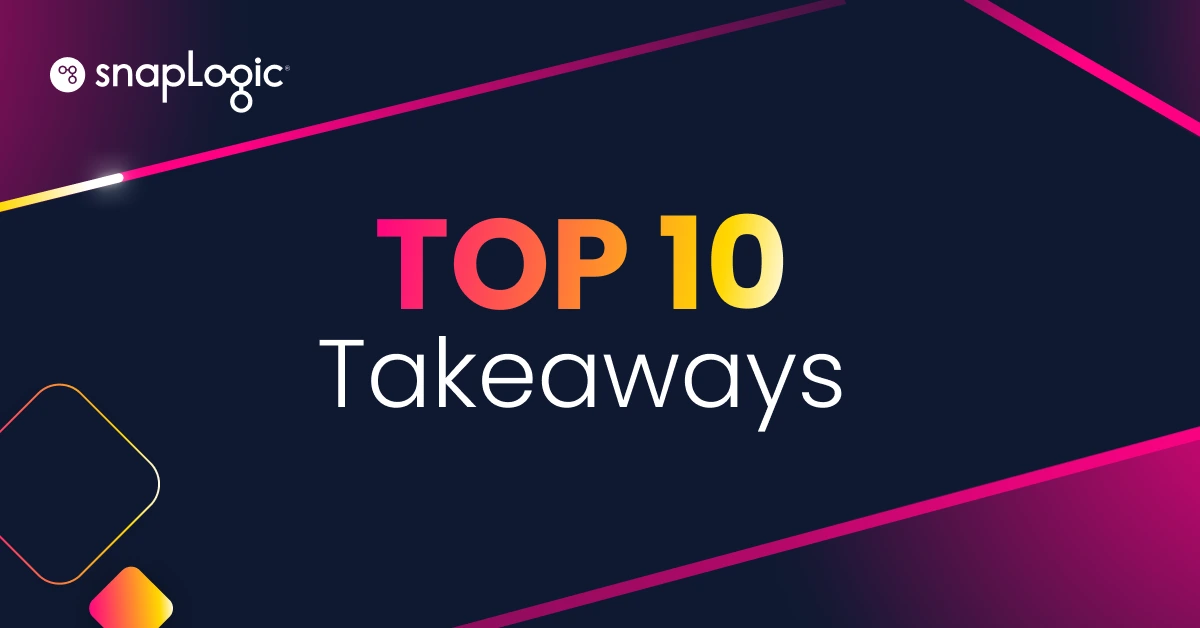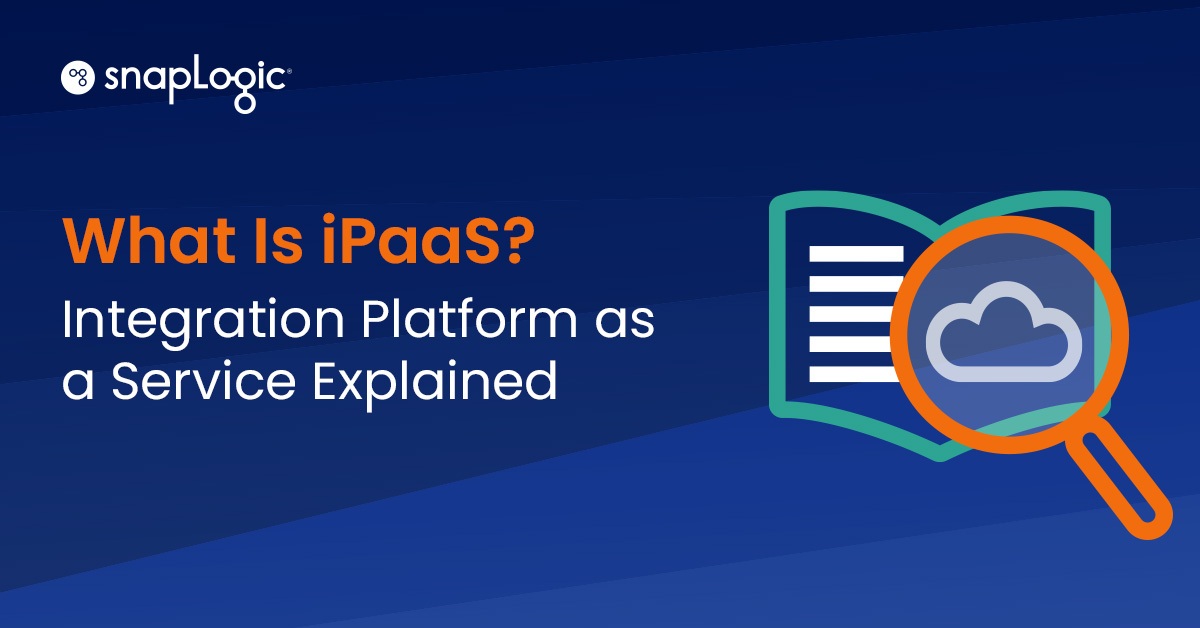The potential in AI starts with data and app integration
In the age of AI-ification, overlooking the power of data and application integration at your company is like leaving money on the table. With GenAI transforming the iPaaS landscape, businesses that fail to evolve are waving a white flag to their competition.
It’s time to challenge the status quo: embracing generative integration isn’t merely an upgrade, it’s the way to thrive in the relentless tide of technological advancement. Let’s dissect why mastering this shift is not just beneficial — it’s essential — for any enterprise aiming to grab market share.
Considering the gauntlet of technological evolution, it’s critical to understand the bedrock upon which our current systems stand. Starting with a look at what legacy data and application integration entail, we’ll set the stage for appreciating the shift towards more advanced, AI-driven methods.
Let’s peel back the layers of traditional integration practices to see why they are becoming relics in the fast-paced digital economy.
What are the critical functions of data and application integration?
A well-integrated enterprise is like having a super-efficient traffic system in a bustling city, where data flows smoothly without bottlenecks, making crucial information readily available for analysis.
Data and application integration are crucial for businesses for several reasons:
- Unified view of data: Provides a unified view of data across business operations, customer service, and other strategic functions
- Efficiency: Streamlines processes by automating data transfer between different systems, reducing manual data entry tasks and minimizing the chance of error
- Customer experience: Consolidates customer data from various touchpoints, giving companies the information they need to deliver seamless, tailored experiences
- Real-time data: Facilitates real-time data synchronization across systems, providing up-to-date information for analysis, informed decision-making, and proactivity
- Cost management: Reduces operational costs by eliminating data silos and redundant systems, and productivity benefits can lead to significant cost savings over time
- Compliance: Ensures data accuracy, consistency and security, to comply with regulatory standards and avoid potential penalties or legal issues
- Scalability and flexibility: Easily add new applications, expand into new markets, or integrate with third-party services without significant disruptions to operations
- Competitive advantage: Innovate faster, launch new products or services quickly, and better anticipate and meet market demands
What is legacy data integration?
In the modern data-centric business landscape, data integration — gathering, cleansing, and consolidating data from various sources — is the knight in shining armor, ensuring a ceaseless data flow across different systems within an enterprise.
Data integration often involves processes like Extract, Transform, Load (ETL) or Extract, Load, Transform (ELT), data warehousing, and data lake formations. Data integration is crucial for making informed decisions as it ensures that data is accurate, consistent, and accessible.
What is legacy app integration?
Application integration involves connecting various software systems to enable them to work together as a cohesive unit. This process is crucial for creating a unified workflow where data and processes can flow seamlessly across different software applications.
Examples include integrating a Customer Relationship Management (CRM) system with an Enterprise Resource Planning (ERP) system to ensure smooth information exchange and process alignment.
What’s the current state of iPaaS?
Middleware solutions are the glue that binds together disparate systems, facilitating communication and data exchange between applications, databases, and services.
Under this umbrella, an integration platform as a service (iPaaS) is a set of cloud-based tools that enable deployment, management, and governance to connect software applications and services across different environments. An iPaaS is often used by large organizations to integrate on-premises applications and data with cloud-based applications and data.
As a cloud-based toolset, an iPaaS is scalable to meet the increased data volume from multiple environments. An iPaaS should support real-time integration with the goal of minimum disruption.
Many legacy iPaaS providers are older, existing integration companies that have modified their tools to work with cloud services. In many IT environments, data and application integration are handled as separate processes which require additional, third-party tools to manage.
How can GenAI help with data and app integration?
As business demands for data and efficiency have escalated and AI advancements pick up speed, IT organizations are grappling to do more, faster. They need data and application integration and automation solutions that are intuitive, flexible, and easy to adopt, to broaden their use across the enterprise. To stay competitive, enterprises are joining a great data migration from legacy integration tools to a modern, AI-ready iPaaS platform.
An iPaaS serves as the connection between applications, systems, APIs and data services. Now that GenAI and other AI/ML advancements have gained velocity in the enterprise, those connections have never been more important.
Generative integration is an advanced approach to data and application integration that leverages GenAI and Large Language Models (LLMs). This innovative method securely automates the creation of integration pipelines, streamlining the process of connecting disparate systems and data sources.
By utilizing AI and machine learning capabilities, generative integration can understand, interpret, and generate code, significantly reducing manual effort and improving the efficiency and accuracy of data integration tasks.
Are you ready to upgrade your integration strategy?
The dynamic landscape of data and application integration presents challenges and opportunities for enterprises seeking to streamline operations and use their data assets effectively. Legacy integration tools have served their purpose but are increasingly seen as insufficient for meeting the demands of modern business environments characterized by rapid data growth and the need for real-time insights.
The emergence of generative integration, fueled by advancements in AI and machine learning, offers a promising path forward. By harnessing the power of GenAI and LLMs, organizations can automate and optimize the integration process, reducing manual effort, making it accessible to non-technical users, and enhancing the speed and accuracy of data integration tasks. Generative integration also makes it possible to enable AI solutions across the organization.
As enterprises strive to stay competitive and agile in today’s digital age, embracing generative integration represents a strategic investment in unlocking the full potential of data resources while ensuring scalability, reliability, and cost efficiency in the long run.












